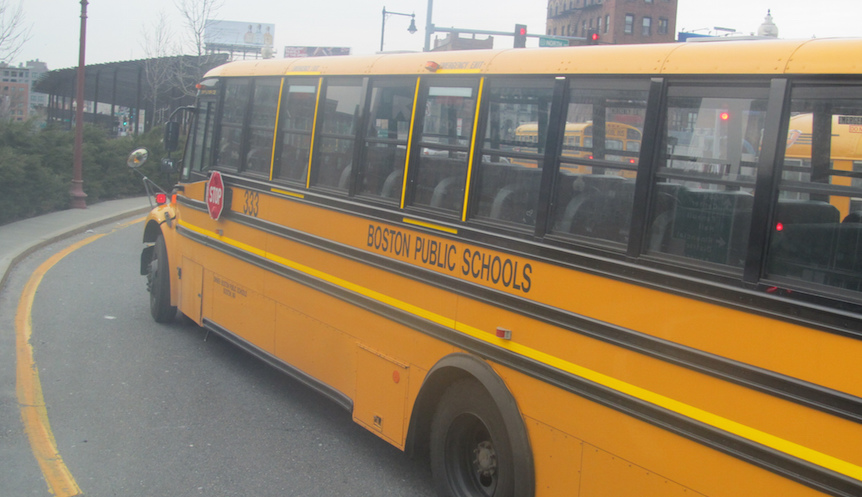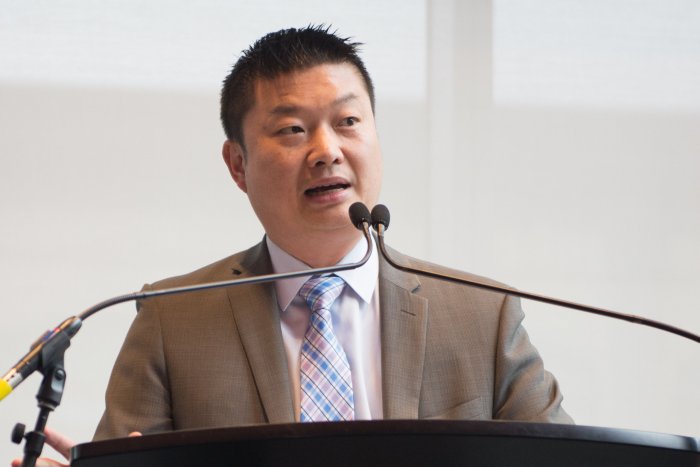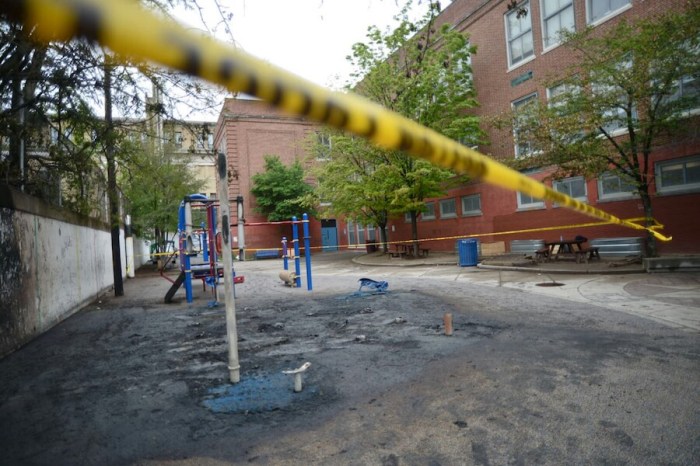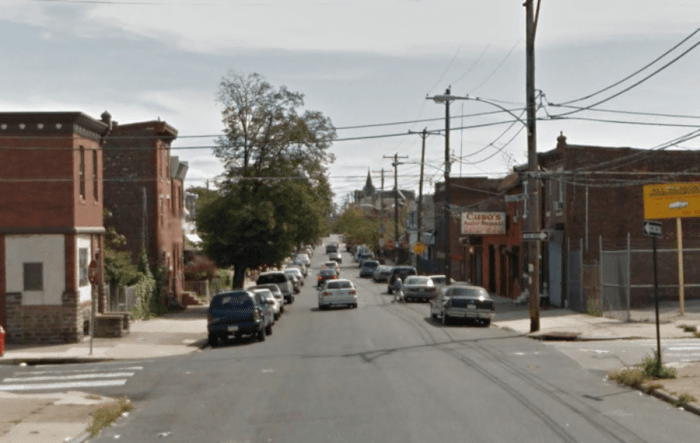Parents might want to think twice before sending their students off to school alone — a recent study shows that school zones are hotbeds of crime.
The most dangerous school zone in Boston? That would be around James P. Timilty Middle School.
Serving grades six to eight, more than 280 crimes were reported in the Roxbury school zone, which extends out in a 300-foot radius around the school, from 2015 to 2017, according to a report by Safe Home, a home security company that publishes research on neighborhood safety.
Crime is down overall in Boston school zones — and across the city — but that doesn’t mean students are completely free of danger when traveling to and from school.
The cities top five most-dangerous school zones logged 149 assaults, 138 robberies, 147 drug or alcohol incidents and 88 firearms incidents, all just steps away from schools.
Safe Home compiled crime data from in and around school zones in New York City, Seattle, Los Angeles, Baton Rouge, Louisiana and Boston.
The most crime-ridden school zones in Boston are, in descending order, around the following schools:
— James P. Timilty Middle School
— Codman Academy Charter School (Upper)
— Holy Name Parish School
— Dearborn STEM Academy
— Jeremiah E. Burke High School
— Boston University
— Kennedy Day School
— Pauline A Shaw Elementary School
— William Monroe Trotter
— Holmes Elementary School
The zones around Holy Name Parish School, Henry Grew Elementary School and Boston College High School are all in the top five for crimes related to firearms or other weapons.
School zones in the other cities, however, saw considerably more crime than Boston. A Seattle school zone, for example, saw more than 3,000 instances of crime in 2016 alone.
To determine the most crime-laden school zones in each of the four cities, Safe Home collected crime data from U.S. City Open Data Census and cross-geolocated the information with school zones. Public and private school locations were collected from the National Center for Education Statistics Common Core of Data. Schools that are not in this database did not appear in the report
Read the full report from Safe Home here.
























